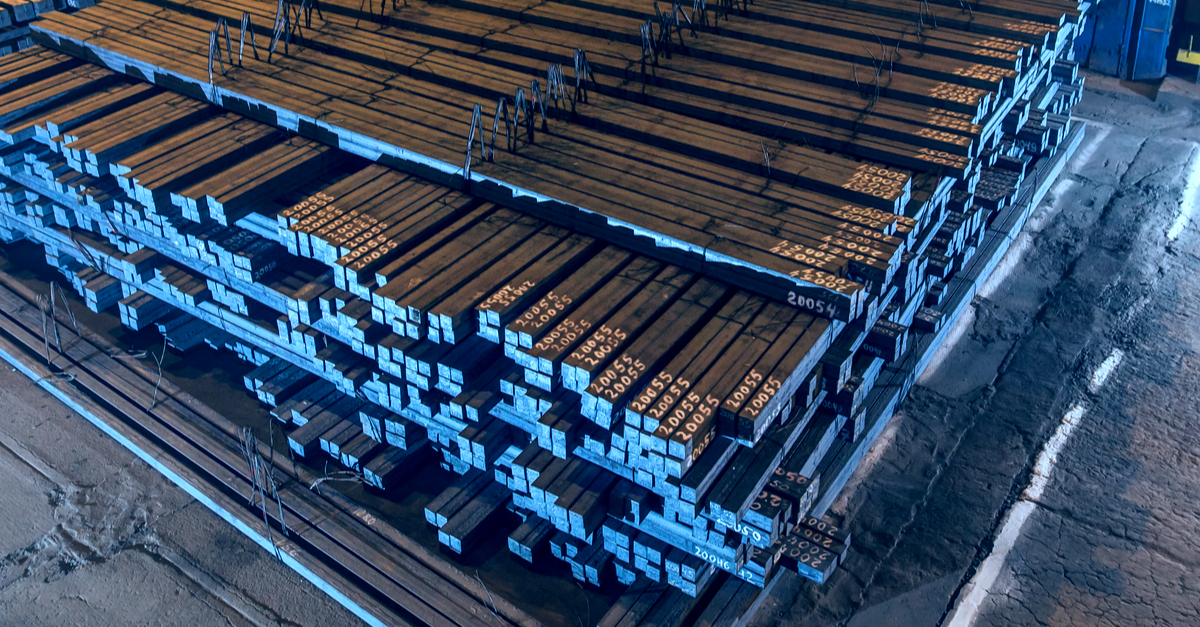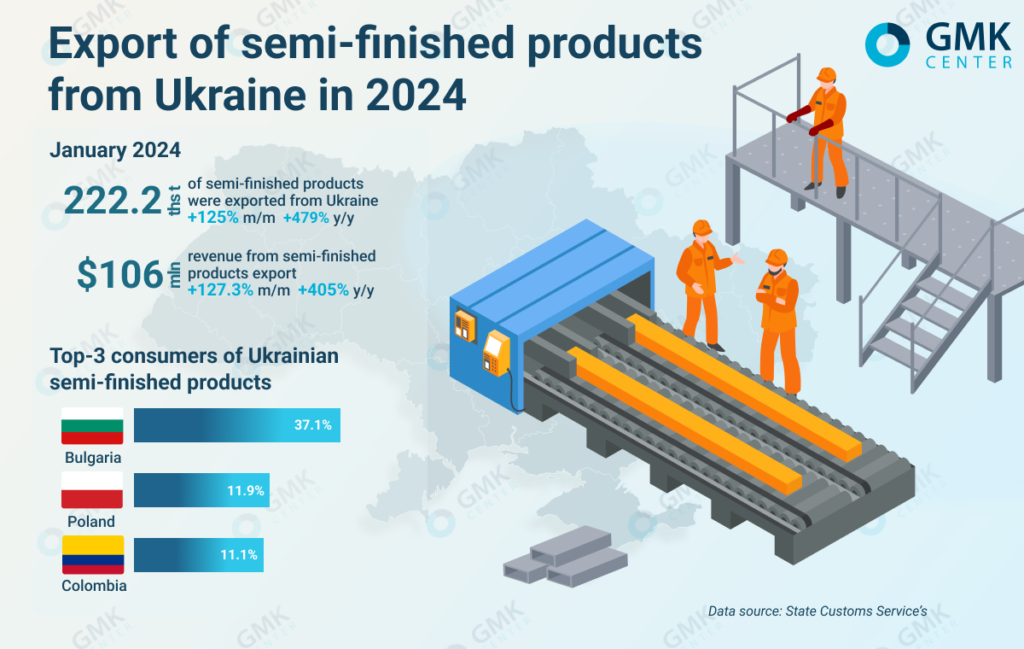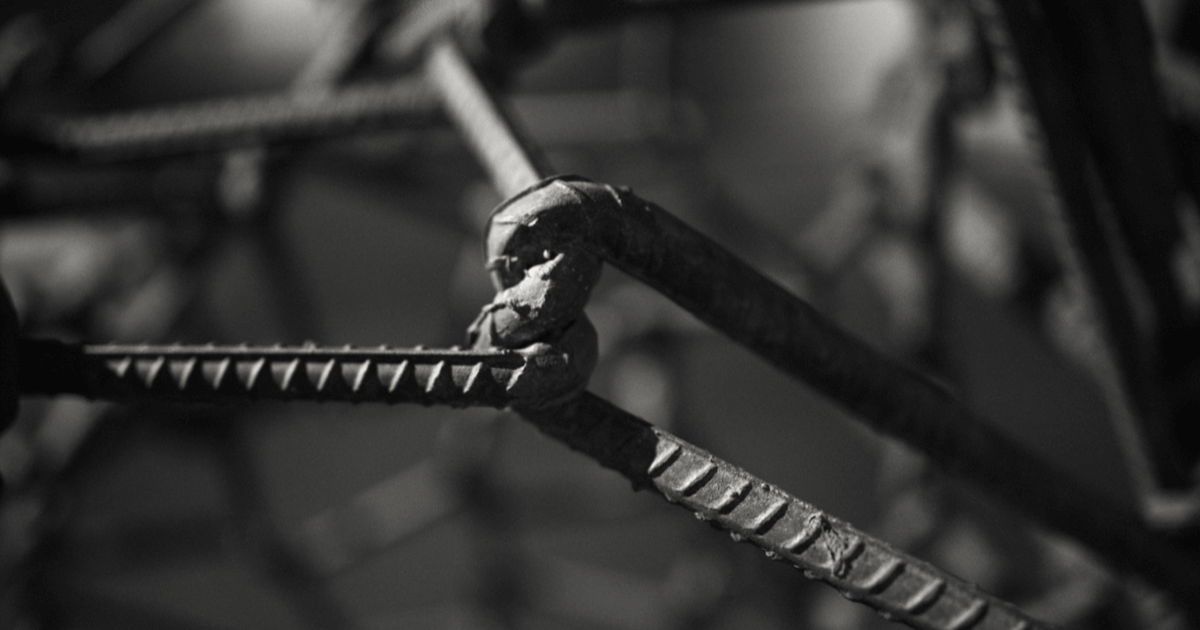
News Industry semi-finished products 1900 21 February 2024
Export volumes have reached a maximum since February 2022
In January 2024, Ukrainian steelmaking companies increased exports of semi-finished products by 2.2 times compared to the previous month, to 222.2 thousand tons. The figure increased 5.8 times compared to January 2023. Thus, export volumes reached their highest level since February 2022. This is evidenced by the data of the State Customs Service.
Revenues of domestic enterprises from the export of semi-finished products increased 2.3 times last month compared to December 2023, to $105.49 million. Compared to the same month last year, the figure increased 5 times.
In January, Bulgaria was the largest consumer of Ukrainian semi-finished products, accounting for 37.1% of total exports in monetary terms. Another 11.9% of products were exported to Poland and 11.1% to Colombia. The supply of products to the Colombian market was probably made possible by the opening of the maritime export corridor.

In 2023, Ukraine reduced exports of semi-finished products by 36.7% compared to 2022, to 1.203 million tons. Compared to the pre-war year 2021, shipments of semi-finished products abroad decreased by 82.2%, or 5.57 million tons. Revenues of domestic enterprises from the export of semi-finished products last year decreased by 48.9% compared to 2022, to $608.52 million.
The largest consumers of Ukrainian-made semi-finished products in 2023 were Bulgaria – 36.7%, Poland – 23%, and Italy – 9.6%.
In 2023, Ukrainian steelmaking companies continued to operate in the face of limited logistics capabilities and unfavorable global market conditions. The main Ukrainian steel companies, Metinvest Group’s enterprises (Kametstal and Zaporizhstal) and ArcelorMittal Kryvyi Rih, operated last year at capacity utilization rates of 65-75% and 20-30%, respectively.
Increased utilization is not possible in the current environment due to logistical constraints. Seaports are not operating at full capacity. The main market for the company’s products is the European Union. In the EU market, until recently, Ukrainian exporters had to compete with Russian producers who offered discounts on their products.
In the 12th package of sanctions, which was adopted at the end of 2023, the EU introduced new and expanded existing restrictions on mining and metals products from Russia. In particular, the ban on imports of pig iron and mirror iron and direct reduced iron (DRI) from Russia was extended.
At the same time, the EU extended quotas on Russian slabs for another four years. In particular, the total quota for imports of Russian slabs from October 2024 to September 2028 is set at 8.5 million tons with a more detailed breakdown by period.
The previous sanctions on slab imports were imposed in October last year (as part of the 8th sanctions package), when it was decided that slab imports could continue until the end of September 2024. Thus, the 12th sanctions package actually eased the previously imposed restrictions.



